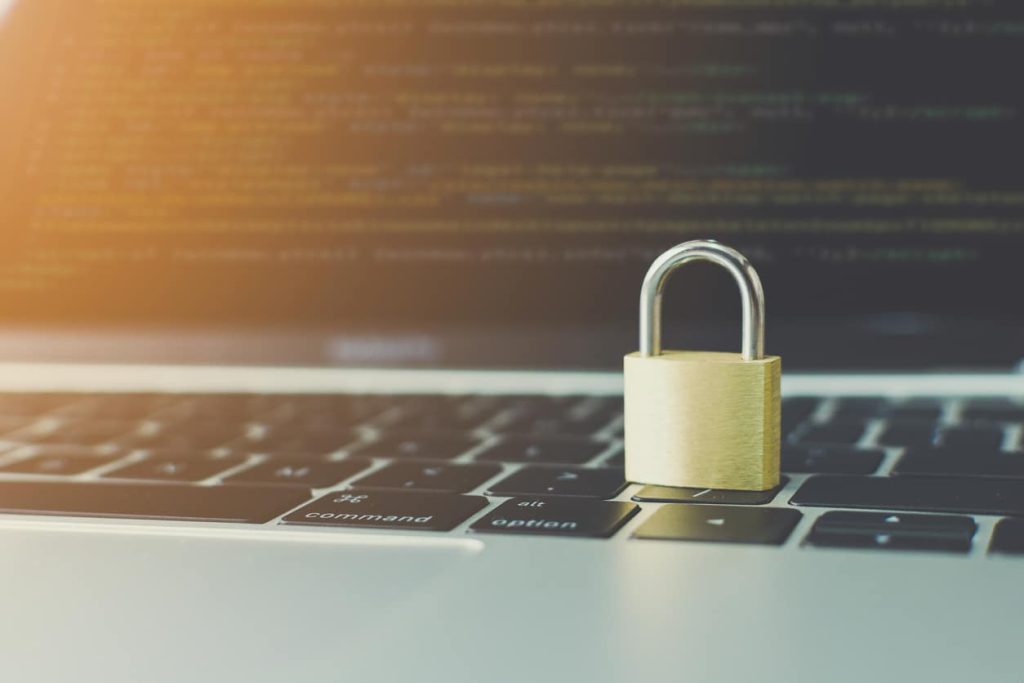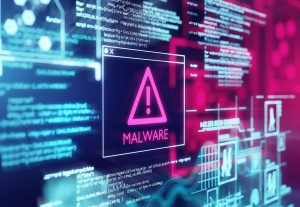A wide range of security products are now available to combat cyberthreats. However, with the extensive differences existing between attack vectors used, there can be confusion among those seeking to defend their devices and systems. Two commonly misunderstood options are anti-malware and antivirus. In the following sections, we’ll explore these two products and the threats they are designed to help protect companies against.
Understanding malware and computer viruses
A computer virus, by definition, spreads out from one user to another by replicating itself by programming a file. Dedicated antivirus products work by identifying known threats through signature-based detection. Put simply, this kind of detection matches the file signatures it comes across to a database of recognised malware. Unlike antivirus, anti-malware products employ detection methods that are heuristic-based to proactively locate source code that indicates a potential threat.
How do anti-malware and antivirus differ?
Antivirus and anti-malware were created to detect malicious software and protect devices and systems against it. The name “antivirus” suggests that the product solely protects computers against viruses, however, its features often defend against numerous malware types commonly encountered today. Anti-malware takes this same approach but goes beyond it focusing on a wider range of more advanced, software-based threats.
Anti-malware and antivirus are not identical products. However, working together, they have the capacity to complement each other and create a high-level of defence against attacks using malicious software, and promote healthy use of online services. Anti-malware can detect far more advanced malware types, such as zero-day attacks, while an antivirus product will defend against more well-established and well-known cyberthreats.
Staying updated
Protective software like antivirus and anti-malware are only useful if they are upgraded as soon as updates are made available. This is because software updates will usually include fixes and patches to resolve discovered vulnerabilities they contain that can be exploited by cybercriminals. Many threat operators keep a watchful eye on known weaknesses in software and know that some companies are slow to apply them. Such firms provide excellent targets for attackers who are quick to take advantage of these back door opportunities and access an enterprise’s infrastructure.
Creating a safe workplace for your people
While deploying antivirus and anti-malware software across your firm’s devices is key to keeping them safe, at Galaxkey, we offer a safer workspace for employees to operate. Our system has zero backdoors that can be exploited by threat actors, and no passwords are ever stored where they can be stolen.
Should the worst-case scenario come to pass and one of your employees allows a cybercriminal access to your system, powerful data protection tools will keep them out of your private files. The Galaxkey workspace provides users with easy-to-employ and end-to-end encryption that is approved by the National Cyber Security Centre (NCSC). Whether data is stored on company servers or included in communications, documents and emails alike can be fully encrypted so they can only be viewed by those with appropriate authorisation.
Contact our team today for a free online demonstration.



